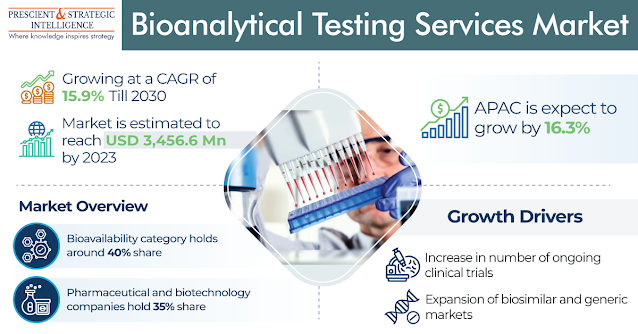According to the latest market research study published by P&S Intelligence, the U.S. home-use beauty devices market is projected to experience significant growth, reaching USD 45.1 billion by 2032, growing at a CAGR of 27% from its 2024 size of USD 7.4 billion. This growth is driven by a surge in skin problems, hormonal imbalances, and rising consumer interest in wellness and personal care. Moreover, technological innovations are enhancing the convenience, cost-effectiveness, and efficiency of these devices. The increasing adoption of advanced beauty technologies like laser/light, AI, and IoT is further fueling demand, particularly among consumers seeking salon-quality results at home. Additionally, rising disposable income, a booming geriatric population, and urbanization are contributing to this market expansion.
The home-use beauty devices sector is gaining traction as
more consumers prioritize skin rejuvenation, acne treatment, and anti-aging
solutions. In 2024, hair removal dominated the market, driven by cost-effective
and user-friendly devices. Technological advancements such as AI-powered beauty
devices are making personal care routines more intuitive and accessible,
allowing for customized skin treatments based on real-time assessments.
Download free Report Sample Now
Key Insights
Segmentation Analysis:
Hair removal held the largest market share of 25% in 2024,
with increasing adoption of at-home IPL and laser hair removal devices.
Skin rejuvenation is expected to grow at the highest CAGR of
28%, driven by increasing demand for non-invasive treatments like LED light
therapy and RF devices.
Other significant categories include acne treatment, facial
steaming, and cellulite reduction, catering to the growing demand for
comprehensive home beauty solutions.
Regional and Geographical Trends:
The Northeast region is currently the largest market and is
also expected to be the fastest-growing region during the forecast period,
driven by high consumer spending on beauty and wellness.
The overall U.S. market is fragmented, with multiple players
focusing on different beauty needs, from anti-aging to skin health.
Technological Advancements Shaping the Market:
The laser/light technology category dominated in 2024,
holding 60% of the market share, and is set to grow at a 30% CAGR due to its
non-invasive nature and effectiveness in hair removal and skin rejuvenation.
AI integration is transforming the user experience, enabling
real-time skin analysis and personalized skincare routines. Devices like
Xiaomi’s Mi Smart beauty facial massager are gaining popularity, providing
AI-based skin assessments and tailored treatment recommendations.
Competitive Dynamics and Emerging Opportunities:
Major players like FOREO and YA-MAN are introducing
innovative beauty devices, such as the FOREO UFO 3LED for deep hydration and
anti-aging treatments.
The growing interest in at-home beauty solutions presents
opportunities for emerging companies to innovate with user-friendly, high-tech
beauty devices catering to a broader range of skin issues.
With high upfront costs being a concern for some consumers,
opportunities exist to make devices more affordable and accessible to the
lower- and middle-income groups.
Additionally, products incorporating smart technologies that
connect with mobile apps for better user control and feedback are gaining
traction, enhancing the overall consumer experience.

























